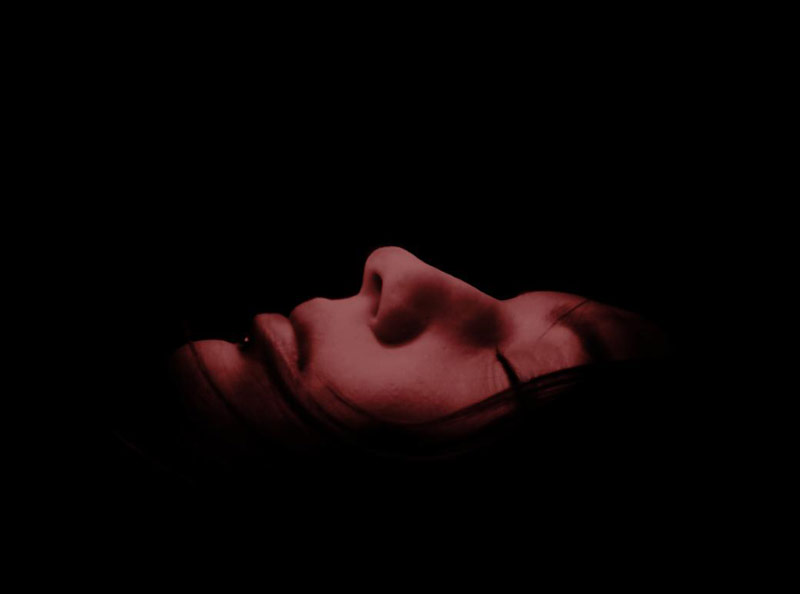Can You Really Die in Your Nightmares?

Wes Craven's horror movie "A Nightmare On Elm Street" (1984) remains one of the most popular horror movies of all time. But for all its outlandish content, a real disease called "sudden unexpected nocturnal death syndrome"(SUNDS) inspired the movie, Craven said in an interview with Cinemafantastique magazine in 2008. SUNDS strikes otherwise healthy young people dead in their sleep, not unlike a certain claw-handed villain in the Elm Street movies.
In SUNDS, which is genetic disease, the body fails to properly coordinate the electrical signals that cause the heart to beat, said Matteo Vatta, an assistant professor of cardiology at the Baylor College of Medicine in Houston. The disease primarily strikes young adult men, especially those of Southeast Asian descent.
“The heart can be normal for quite some time, and then it may stop unexpectedly,” Vatta told Life’s Little Mysteries. “Usually, the heart stops at night, and in Southeast Asia it once caused more deaths amongst young males than car accidents.”
The deaths occur at night because the heart beats more weakly when people sleep, Vatta said. When the heart slows down for sleep, the electrical problems that cause SUNDS become more pronounced, overtake the body’s ability to regulate its own heart beat and send the heart into a deadly spasm.
There have been some theories that link the onset of SUNDS to the stress caused by nightmares, but no scientific studies have shown a correlation between SUNDS deaths and the content of dreams.
Currently, there is no effective treatment for SUNDS, and no clear reason why it tends to affect Southeast Asians more frequently than other groups. And the syndrome is very difficult to detect, even with a dedicated electrocardiograph reading, Vatta said.
Doctors in the U.S. and Europe first recognized the disease among refugees who were fleeing the Vietnam War, according to a Center for Disease Control and Prevention report. As those refugees began settling in the U.S. in the late 1970s and early 1980s, mysterious stories of apparently healthy Southeast Asian men dying in their sleep, and others who refused to sleep from fear of SUNDS, began appearing in newspapers across the country. And a cinematic dream was born.
Get the world’s most fascinating discoveries delivered straight to your inbox.
- Why Do Guys Get Sleepy After Sex?
- Top 10 Spooky Sleep Disorders
- Top 10 Amazing Facts About Your Heart



